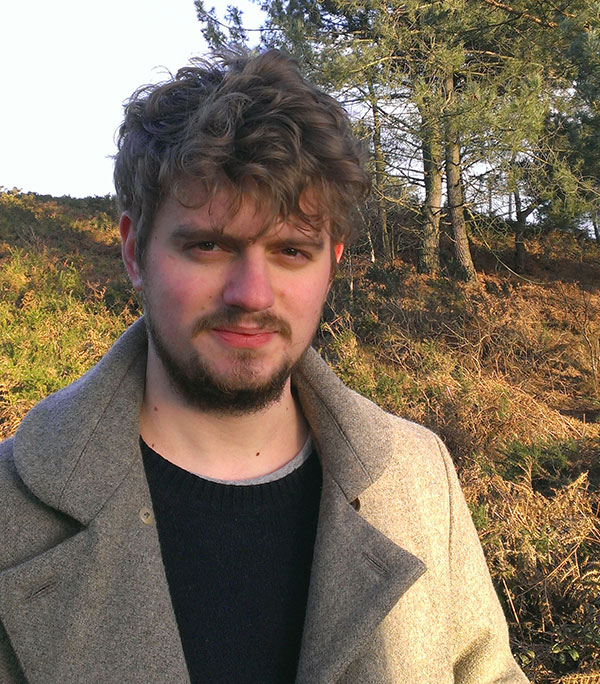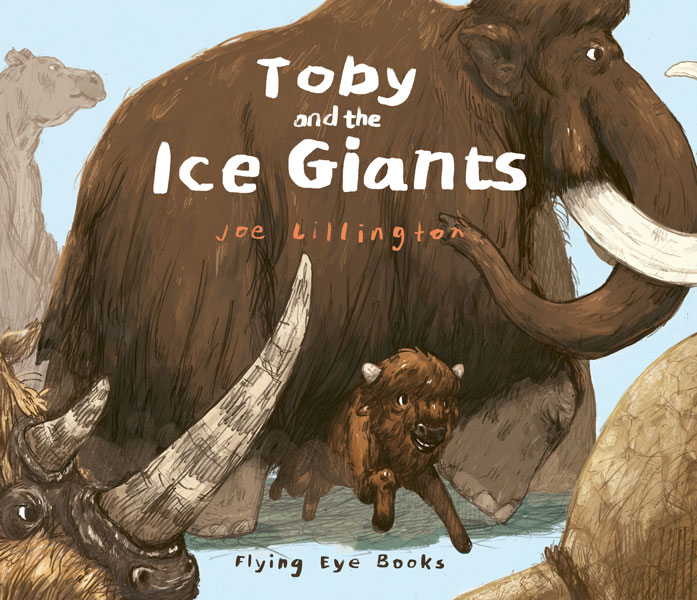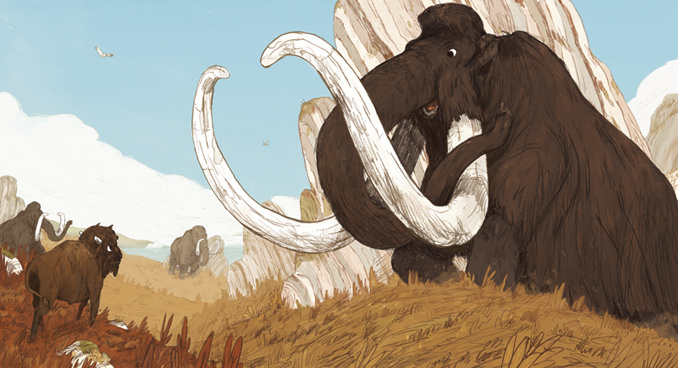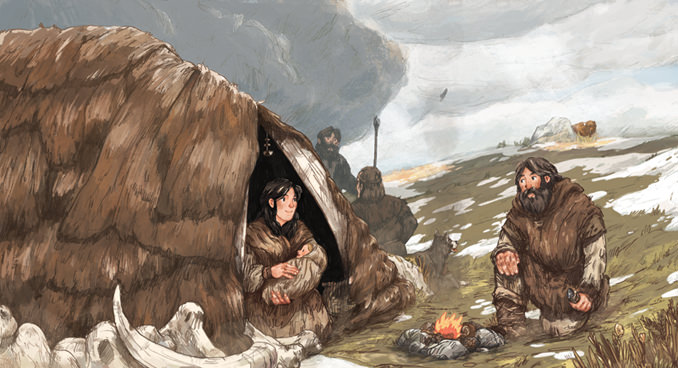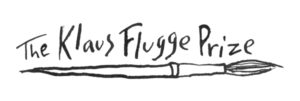
Joe Lillington, illustrator of Toby and the Ice Giants
What was your reaction to being shortlisted for the Klaus Flugge Prize?
I was very pleased, - it is always nice to hear any feedback once the book is published to get a sense of what people think of it after working on it alone for so long! And since it is my first book it's really amazing to have been recognised by the prize!
What was your illustrative background? Did you always want to do art?
At school I certainly did art - paintings, portraits and things. It was in Sixth Form I tried out little stories and that led me on to do more illustration. I think I had always liked making little stories when I was younger - I made little comics. As a boy I loved the Asterix books - and Tolkein's illustrations to The Hobbit interested me.
Have you always preferred fact to fiction?
I have always liked non-fiction though not exclusively. I really liked those big Dorling Kindersley cut-away books where you could see the inside of everything; the Cross-sections books. I did like adventure stories when I was young; The Hobbit was my favourite book. I particularly liked books that told you how things worked.
In Toby and the Ice Giants you have combined the factual elements with a story about Toby. Was this your idea?
I went to Falmouth to do the Illustration BA and as a project in my second year I designed a kind of an epic in comic format about going to America combining the story with panels along the bottom that contained facts. Then in my third year I had the idea of the mammoths and the Ice Age theme. So I really borrowed it from myself - using the facts with the story.
You chose the Ice Age - an unusual choice. Is this a period that attracts you particularly? Or was it idea of Toby, the character who came into your head?
I was experimenting with a tundra landscape, and that led to including the bison; it kind of grew from there. I was really attracted to this environment - the colours especially - the greens and the browns. I liked the animals and the fact that you could have people as well. The animals are kind of like dinosaurs since they are very big but they interact with people as well. And they are unusual - you hear about the Woolly Mammoth, but there are some really weird creatures you don't hear about - think of the Teratorn. I used to go to the Natural History Museum when I was young and they have the skeleton of the Megatherum there - I really remember that. And around the time I was finishing the book there was an exhibition on the Ice Age, about the art and the people, and it had an interesting and useful book to go with it. I have tried to be accurate over the sizes and the colours - but I have taken a bit of artistic licence in the faces. I don't think Toby came from anyone consciously - myself, perhaps. I just wanted to encapsulate the excitement of finding things out. I would certainly like to use this way of presenting facts again - perhaps with an earlier period or maybe branching into human history.
Did you always have a very young audience in mind?
The way I planned the book meant there wasn't a great deal of space for the information. It had to be an introduction to the subject which together with my art style meant it lent itself to a younger audience.
How do you work? What did you enjoy doing most in creating the book?
All the pictures in the book are paints and lines drawn on A3 paper. They are scanned in and the colours are added digitally. I can then change things like the colour of the pencil lines to soften them or create layers which can be combined. The bit I really liked was the beginning stage - the problem solving and working out different compositions. I wanted the animals to be really big. Once I got down into doing the final art work - keeping it consistent, getting the details right - that was the part I found most difficult. I did write the text but illustration is my strong point. I like thinking of the story but putting into words is more difficult. Collaborating with an author would be a good challenge.
Toby and the Ice Giants is published by Flying Eye Books, £11.99 hardback
Thanks to Klaus Flugge Prize judge Ferelith Hordon for posing the questions.
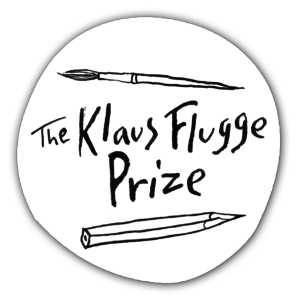
The Klaus Flugge Prize is funded personally by Klaus Flugge and run independently of Andersen Press.
Website maintenance & Copyright © 2024 Andersen Press. All Rights Reserved. Privacy & Cookie Policy.
